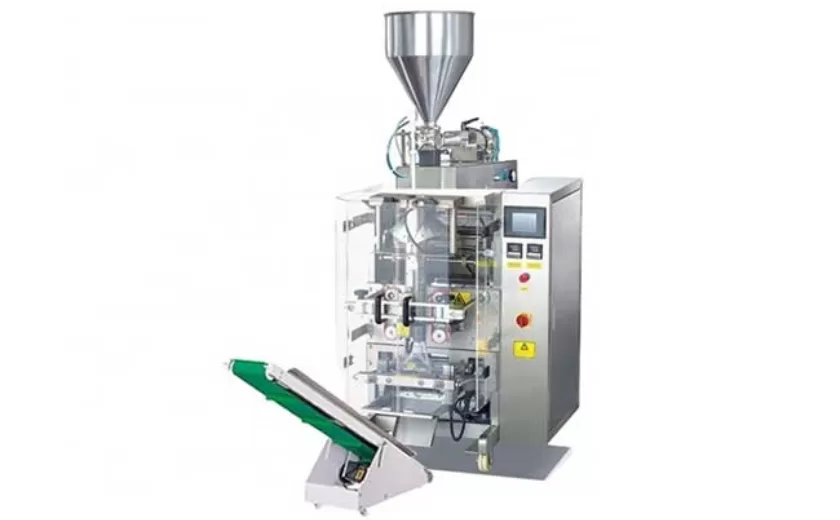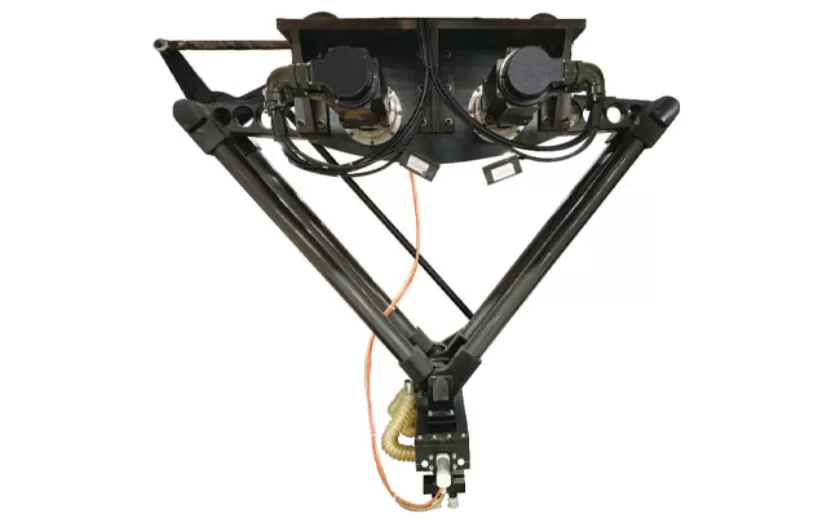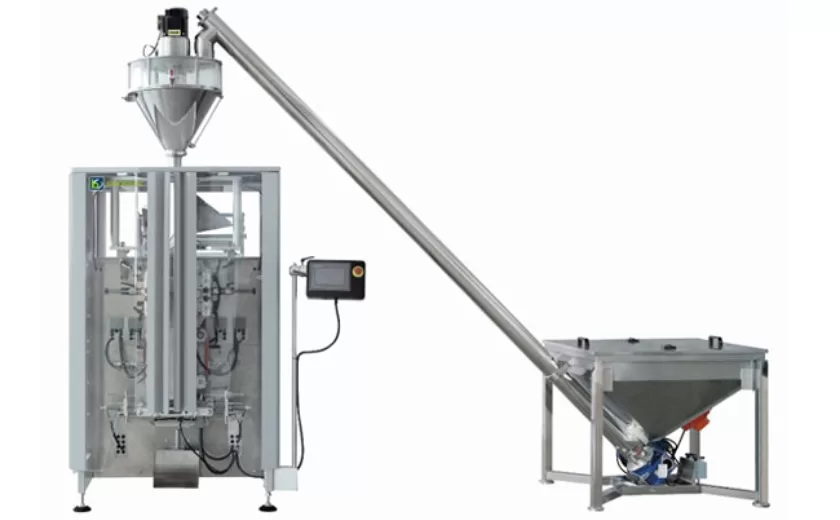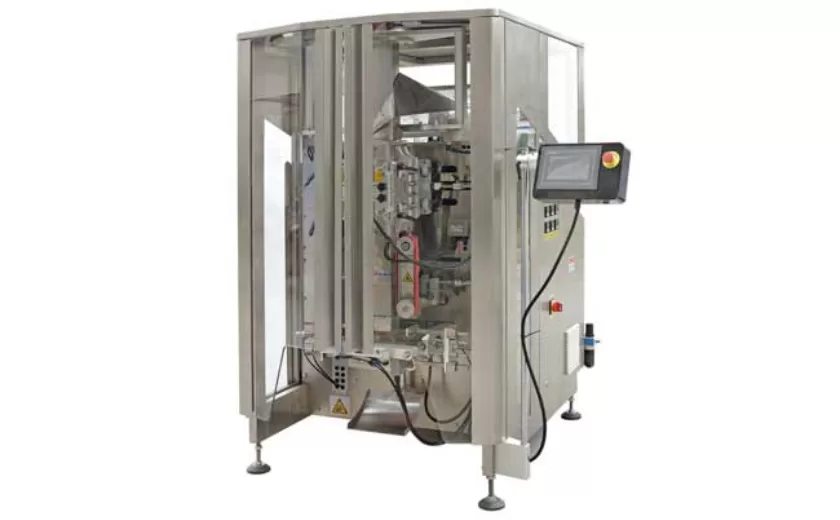The Science Behind Tomato Paste Packaging- How It Works
Beneath the humble facade of tomato paste packaging lies a symphony of scientific innovation that ensures the vibrant crimson of tomatoes remains fresh and flavorful in our kitchens. Let’s delve into the ingenious engineering that preserves the essence of summer’s bounty.
Airtight Seal: The Guardian of Flavor
The primary challenge in tomato paste packaging is preventing oxidation, the nemesis that robs tomatoes of their vibrant color and rich taste. To combat this, the packaging employs an airtight seal that effectively blocks out oxygen. This not only preserves the tomato’s natural hue but also protects it from the development of off-flavors.
Tin or Tetra Pak: Choosing the Fortress
Two primary packaging materials dominate the tomato paste realm: tin cans and Tetra Paks. Tin cans, the stalwarts of the industry, offer exceptional protection against oxidation and light exposure. However, their rigidity can make them prone to dents and punctures. Tetra Paks, on the other hand, provide a flexible and lightweight alternative. They consist of multiple layers of paperboard, aluminum foil, and polyethylene, forming a barrier against oxygen and moisture.
Aseptic Processing: The Sterilization Symphony
Before being packaged, tomato paste undergoes a rigorous aseptic processing that eliminates any potential microorganisms. This involves heating the paste to ultra-high temperatures (typically around 280 degrees Fahrenheit) and then rapidly cooling it. This process ensures that the paste is free from bacteria, molds, and yeasts, extending its shelf life significantly.
Nitrogen Flushing: An Invisible Protector
In addition to the airtight seal, many manufacturers employ nitrogen flushing to further minimize oxidation. Nitrogen is an inert gas that displaces oxygen within the packaging, creating a protective atmosphere. This prevents the formation of mold and other spoilage-causing agents, ensuring the integrity of the tomato paste.
Future Frontiers: Biodegradable Innovation
The future of tomato paste packaging holds exciting possibilities for sustainability. Researchers are exploring biodegradable materials such as sugarcane-based plastics and cellulose-based coatings to reduce the environmental footprint of packaging. These innovations promise to preserve the taste of tomatoes while protecting our planet.
So, the next time you savor the rich flavor of tomato sauce, remember the intricate science behind the humble can or Tetra Pak that delivers this culinary delight to your table. It is a testament to the ingenuity of food engineers and the relentless pursuit of preserving the goodness of nature.
-

Advanced Packing Solutions: Snacks, Sugar, and Frozen Food Machines
29-10-2025 -

Efficient and Reliable Solutions for Salt, Nuts, and Frozen Dumplings Packing
29-10-2025 -

High-Performance Biscuits, Lollipop, and Ketchup Packing Machines for Modern Food Production
29-10-2025 -

Efficient Liquid Filling and Packing Machines for Modern Production
23-10-2025 -

Reliable Granule Packaging Machines for Efficient Production
23-10-2025 -

Efficient Auger Powder Filling Machines for Accurate Packaging
23-10-2025 -

High-Performance Liquid Filling and Packing Machines for Hygienic Production
10-10-2025 -

High-Efficiency Granule Packaging Machines for Precision and Speed
10-10-2025 -

High-Precision Auger Type Powder Filling Machines for Efficient Packaging
10-10-2025 -

Efficient Vertical Form Fill Seal Packaging Machines for Smart Production
10-10-2025





